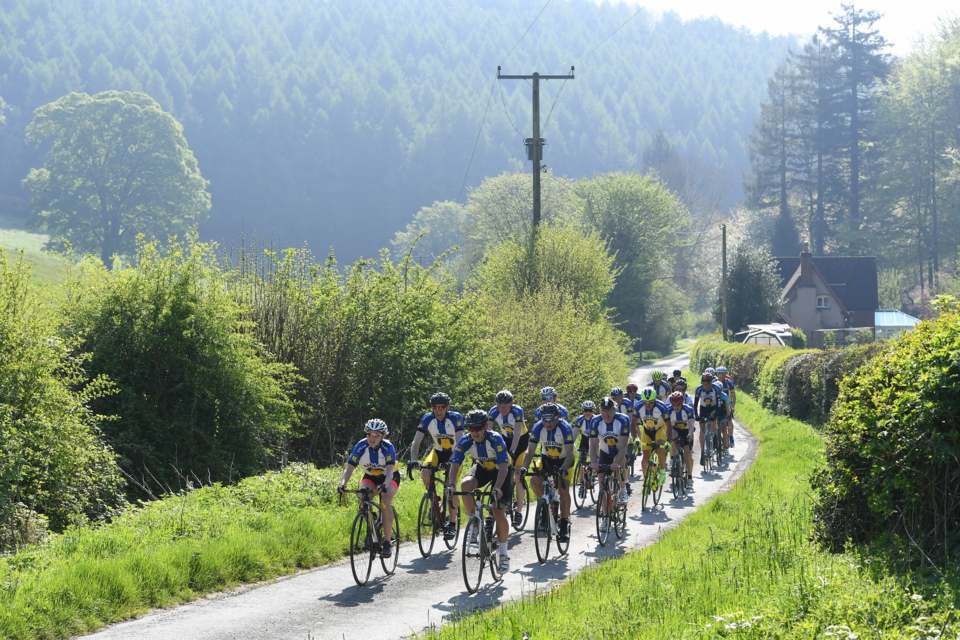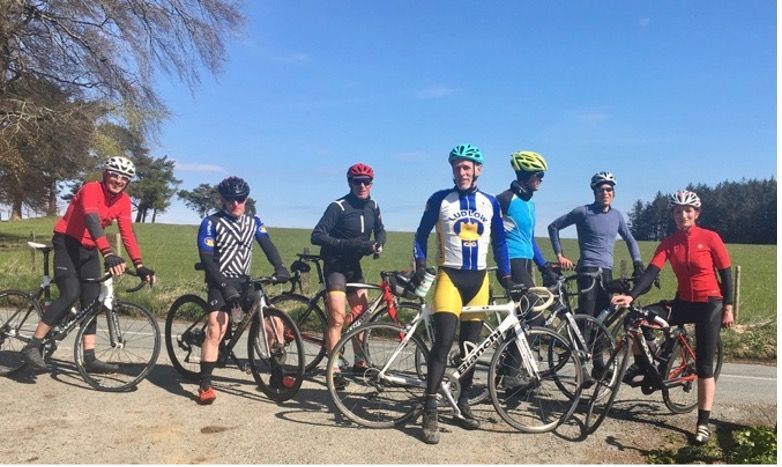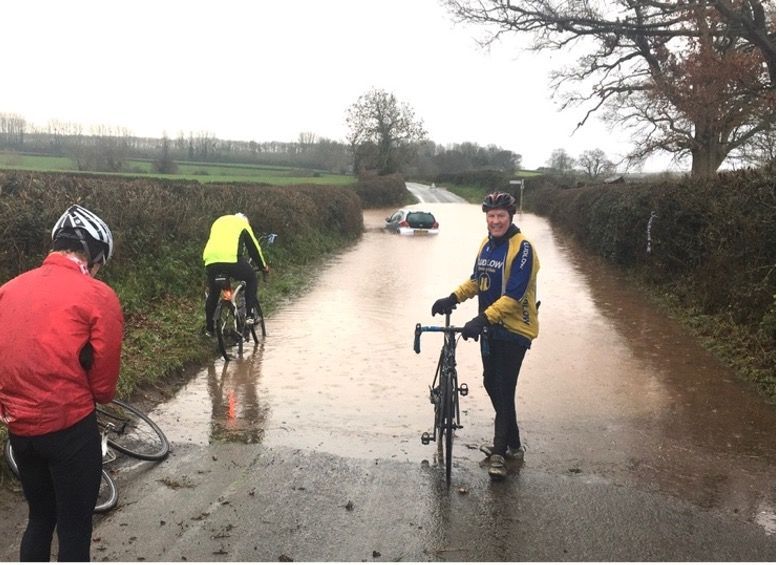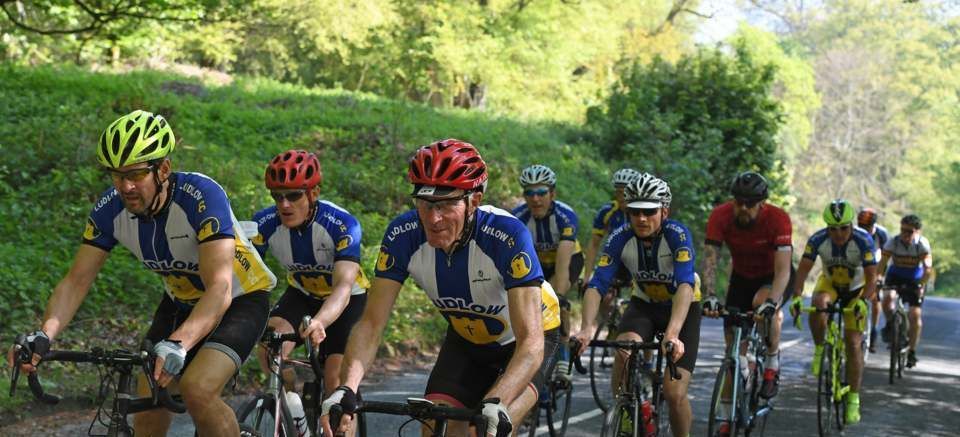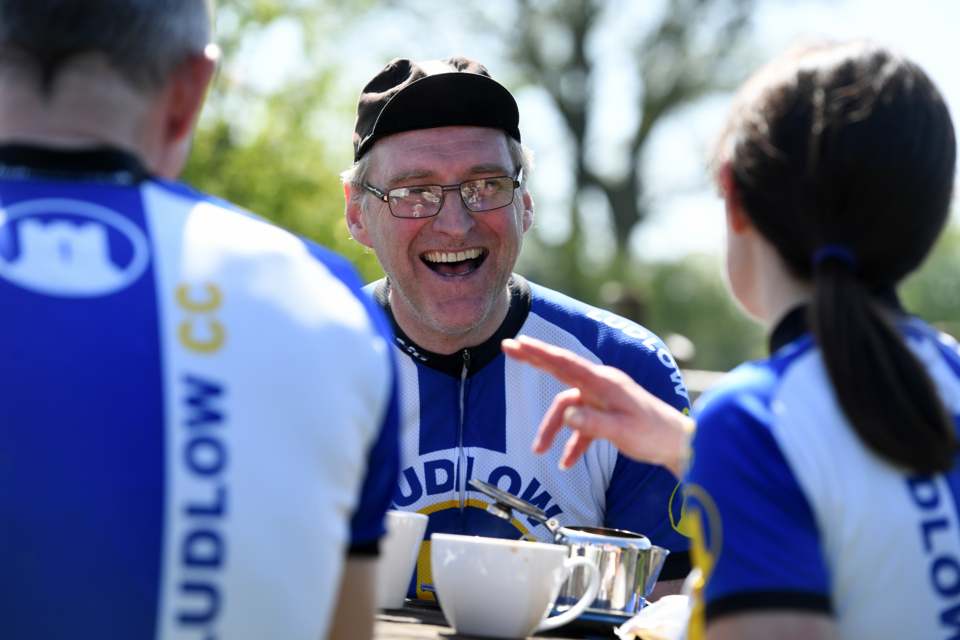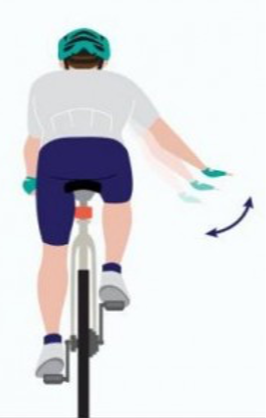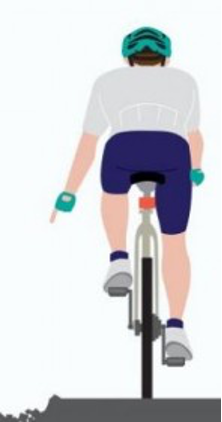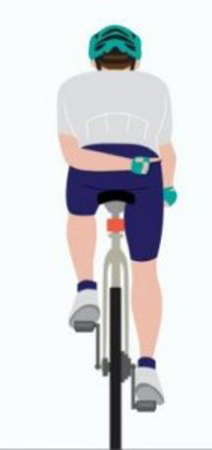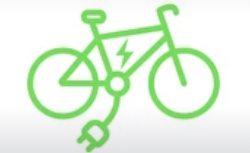Most Ludlow Club Rides will have leaders, either formal or informal, but each individual is also responsible for maintaining group riding discipline and for riding considerately and with all road users’ safety in mind. By joining a Club ride you are accepting the ride leader’s leadership for the ride’s duration.
For self-evident reasons and for liability insurance for the club and its officers to be valid, ride leaders need to know who is on the ride and to have access to riders’ mobile phone and their ‘In Case of Emergency’ (ICE) contact details. So expect a group photo at the start of the ride and the leader taking the details of any non-member guest riders. Leaders will have access to a list of members’ contact details, which they will only use if needed on a ride.
One final important general point: all cyclists will encounter Highway Code ignorance and aggression towards cyclists from drivers. Confronting such drivers rarely helps, it can make situations dangerous. Even if provoked, cyclists should aim to remain calm and de-escalate conflict.


